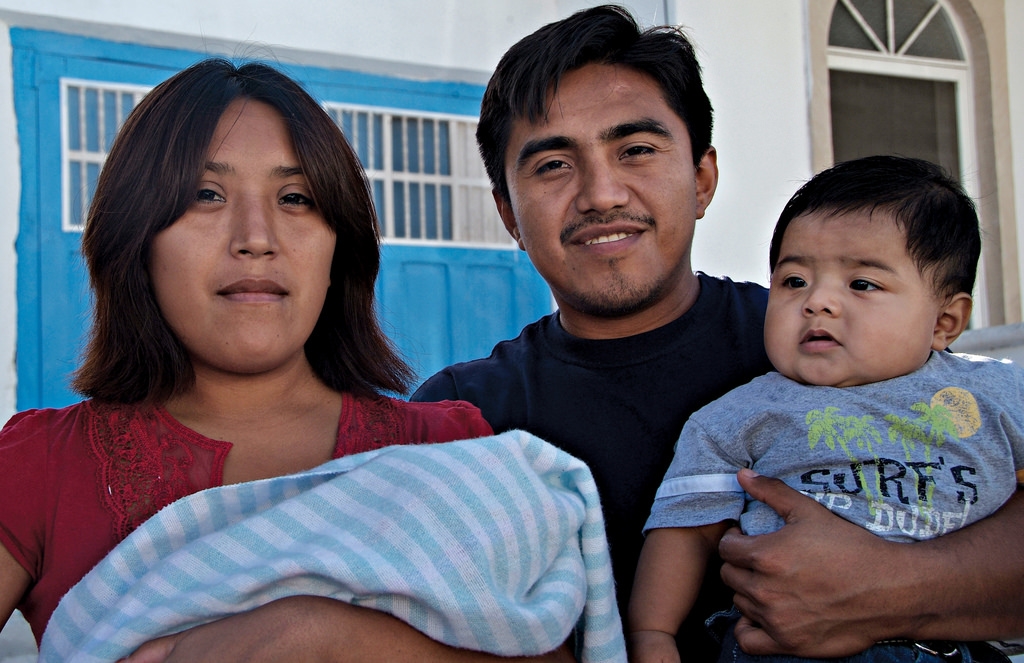
Approximately 18 million children of immigrants live in the United States, comprising one quarter of the total child population and nearly 42 percent of all children of color. Children of immigrants face a unique combination of challenges: barriers related to their or their family members’ immigration status, policies and programs that fall short of addressing their needs, institutional racism, and xenophobia.
Recent federal policy changes and executive actions—from the travel ban to ramped-up enforcement to weakened protections for unaccompanied children—have created an atmosphere of fear and uncertainty in immigrant and refugee communities. This climate will negatively affect both short- and long-term outcomes for children in immigrant families as well as other vulnerable populations.
While there is philanthropic capacity in the areas of child development, education, family support, health, immigrant integration, and legal services, it is imperative that funders come together to address specific threats to children in immigrant families and to maximize their impact.
Read the full funding recommendations for more information. This document was produced following a 2017 roundtable session (“Advancing Opportunity for Children of Color in Immigrant Families: A Cross-Sector Approach”) hosted by the Annie E. Casey Foundation and Grantmakers Concerned with Immigrants (GCIR) in partnership with Grantmakers Income Security Taskforce (GIST) and the Early Childhood Funders Collaborative (ECFC).
| Attachment | Size |
|---|---|
| 362.81 KB |